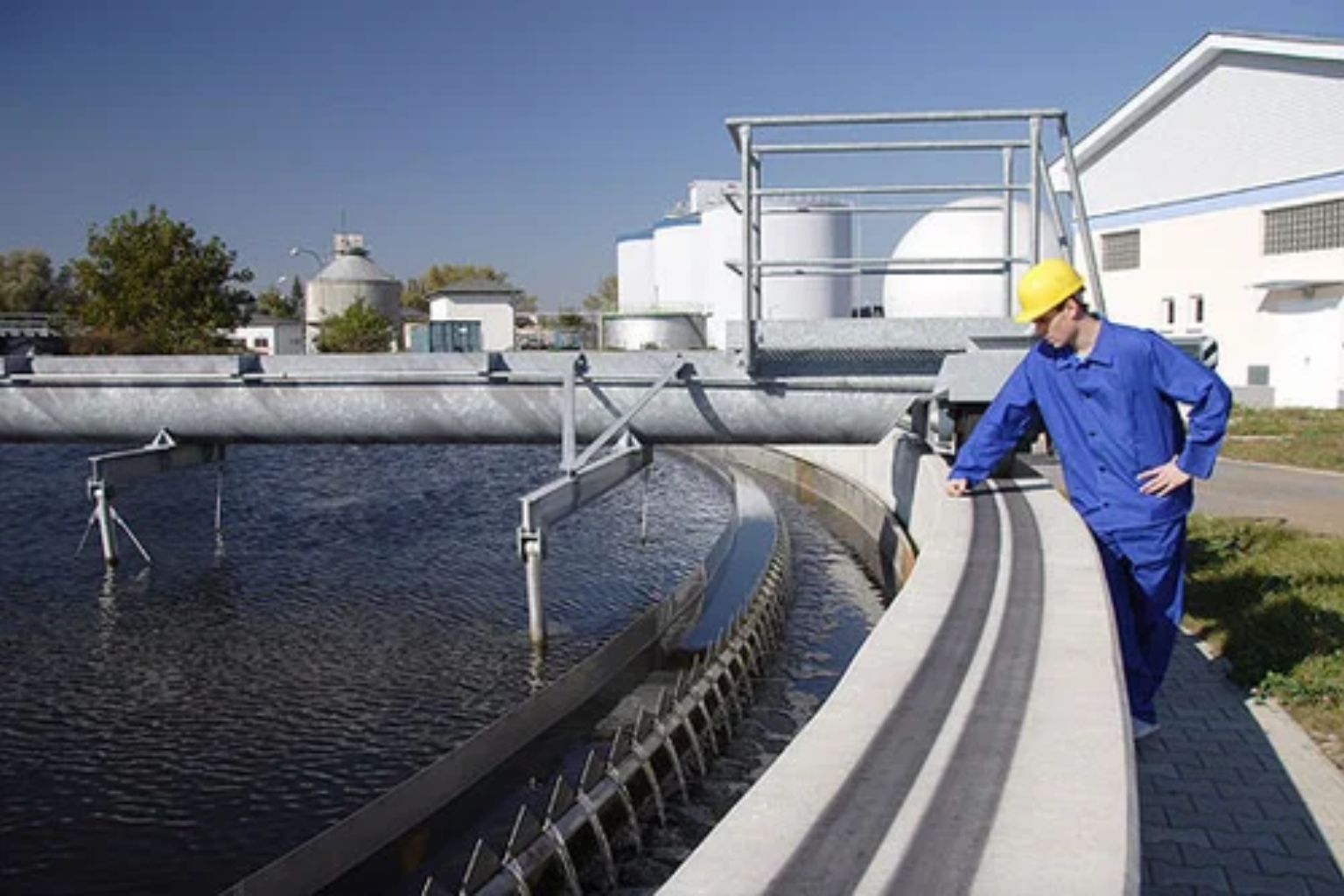If there’s one thing the UK doesn’t always shout about, it’s the quiet yet vital role of wastewater management. We tend to take it for granted — you flush, it disappears, and that’s the end of the story. But behind the scenes, local councils, engineers, and water companies are working with increasingly complex challenges: ageing infrastructure, tighter environmental rules, population growth, and of course, the pressure to keep costs down. All these moving parts mean we need fresh thinking, not just patchwork fixes.
Water is, after all, the ultimate shared resource. If it’s not treated properly, it doesn’t just vanish; it cycles back into our rivers, seas, and eventually taps. That’s why modern municipal wastewater treatment solutions are at the heart of conversations around sustainability, public health, and resilience. The phrase may sound like something lifted from a policy paper, but it’s really about something simple: giving communities reliable, efficient, and future-proof systems that protect both people and the environment.
Beyond Pipes and Pumps: The Push for Innovation
Walk into many wastewater facilities in Britain and you’ll see a mixture of the old and the new. Some plants date back decades, with brick buildings and manual processes that feel almost Victorian in their bones. Others have adopted cutting-edge monitoring, AI-driven flow analysis, and energy-efficient pumps. The challenge is knitting these two realities together without breaking budgets or causing major disruption.
Innovation in this space isn’t always flashy. Sometimes it’s the integration of real-time data that alerts operators to problems before they spill over into neighbourhoods. Sometimes it’s more modest — like switching to low-energy blowers or repurposing waste sludge into biogas. Each small step adds up to a system that’s greener, leaner, and more reliable.
Breathing Life Into Lagoons
One area where progress is quietly transforming rural and semi-rural communities is in lagoon systems. For decades, these large, shallow ponds have served as simple and relatively inexpensive methods of treating wastewater. They rely on natural processes — sunlight, bacteria, and algae — to break down contaminants. But anyone who has worked with them knows they can be a bit temperamental, especially when overloaded or during cold winters.
This is where modern wastewater lagoon aeration systems make a real difference. By injecting air or oxygen into the water, they supercharge the natural treatment process, improving efficiency while cutting down on odours and stagnation. Farmers and small towns across the UK are increasingly turning to these systems because they strike that sweet balance: low-maintenance, cost-effective, and environmentally friendly. They don’t just treat water; they also fit into the landscape without the industrial footprint of a big treatment plant.
The Unsung Hero: Maintenance and Upgrades
When we talk about innovation, it’s easy to picture shiny new facilities, but much of the real work lies in maintaining and upgrading what we already have. The UK’s wastewater network includes thousands of miles of underground sewers, many of which were laid long before modern standards. Left unchecked, cracks and leaks not only compromise performance but can also lead to contamination of soil and groundwater.
That’s why techniques like PVC manhole sewer lining installation are gaining traction. Instead of ripping up streets or rebuilding entire manholes from scratch, engineers can reinforce ageing structures with durable linings. It’s a clever mix of practicality and foresight: extend the lifespan, reduce the need for constant repairs, and give local councils breathing space to plan long-term improvements. For residents, it means fewer road closures and less disruption. For taxpayers, it means money spent more wisely.
Balancing Costs and Climate Commitments
There’s another layer to this discussion — the climate agenda. Wastewater treatment isn’t just about cleaning water; it’s also a surprisingly big contributor to carbon emissions. Energy-hungry pumps, chemical usage, and transport add up. The UK has set ambitious climate targets, and water companies are under growing pressure to do their part.
That has sparked a shift toward energy recovery, whether through digesters that produce biogas or systems that capture heat from treated water. It’s not just green idealism; it’s also good business. Energy costs have soared, and every kilowatt saved is money back in the pocket of providers and, ideally, consumers.
Communities at the Heart
What often gets overlooked is the human side of all this. Wastewater isn’t an abstract engineering problem — it affects the daily lives of communities. From the smell drifting across a village to the risk of flooding during storms, these systems touch people in personal ways. Public engagement has become crucial. Councils and water companies that communicate openly about upgrades, disruptions, or environmental benefits tend to get better buy-in.
When people understand that an aeration upgrade or a lining project isn’t just bureaucracy but something that makes their water cleaner, their roads safer, and their bills more stable, they’re far more likely to support it.
Looking Ahead: A Smarter Mix of Old and New
The future of wastewater in the UK won’t be defined by one big idea. It’ll be about weaving together a tapestry of small, smart changes. Some towns will lean on lagoons and aeration. Others will invest in data-driven central plants. Some cities will double down on sewer rehabilitation, while rural areas might focus on decentralised solutions.
What’s clear is that there’s no going back to the days when wastewater could be handled quietly in the background. The demands are too high, and the risks too visible. Climate change is bringing heavier rains and unpredictable weather. Populations are growing. Standards are tightening. The sector has to be proactive, not reactive.
Final Thoughts
At its core, wastewater treatment is about respect — respect for communities, for the environment, and for future generations. It’s not glamorous, and it rarely makes headlines, but it’s foundational to public health and sustainable living.
By investing in smarter systems, whether that’s advanced treatment technologies, energy recovery, or practical upgrades like sewer lining, the UK can turn what used to be a hidden, often-neglected service into a model of resilience.
The pipes beneath our feet, the lagoons on the edge of town, the treatment plants humming on grey mornings — they’re all part of a story that’s bigger than convenience. It’s about ensuring that every drop that leaves our homes returns to nature in a way that’s safe, clean, and sustainable. And in a time when every resource counts, that feels like a story worth telling.



